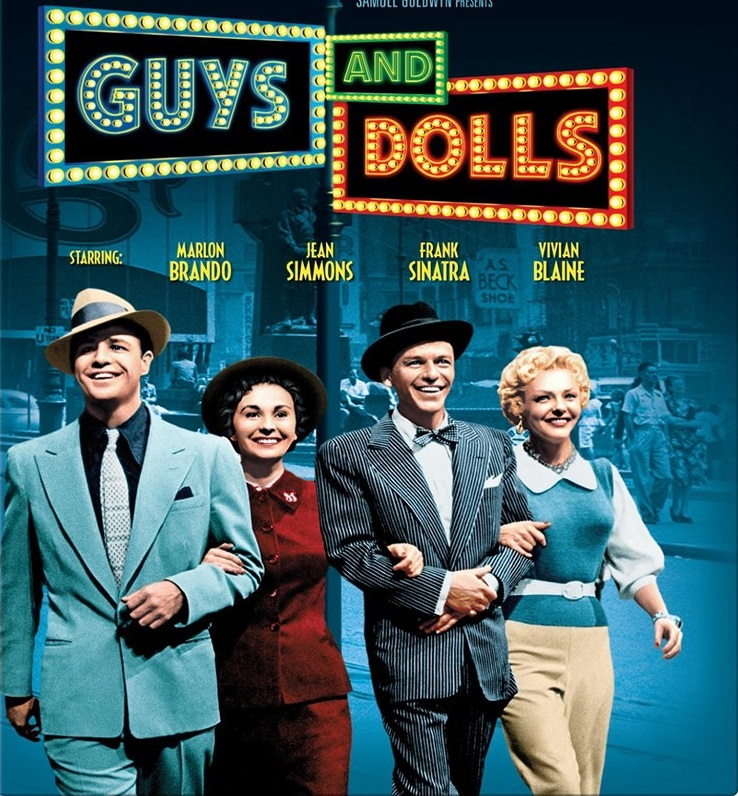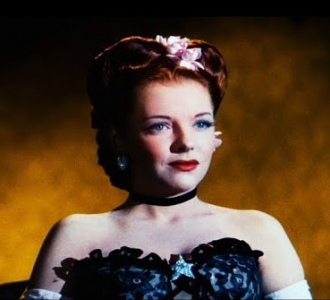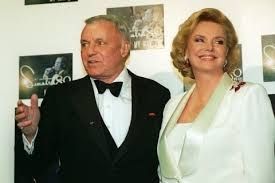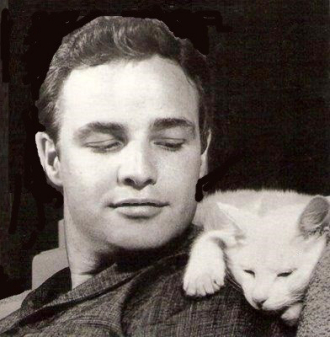Vivian S Blaine
A photo of Vivian S Blaine
Date & Place:
Not specified or unknown.


 Amanda S. Stevenson
Amanda S. Stevenson 





